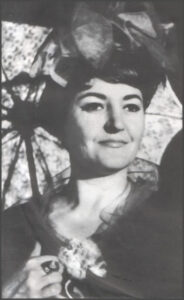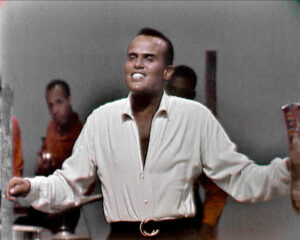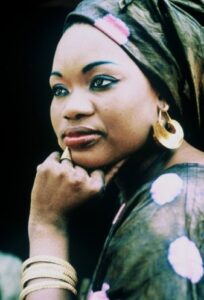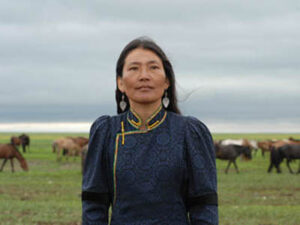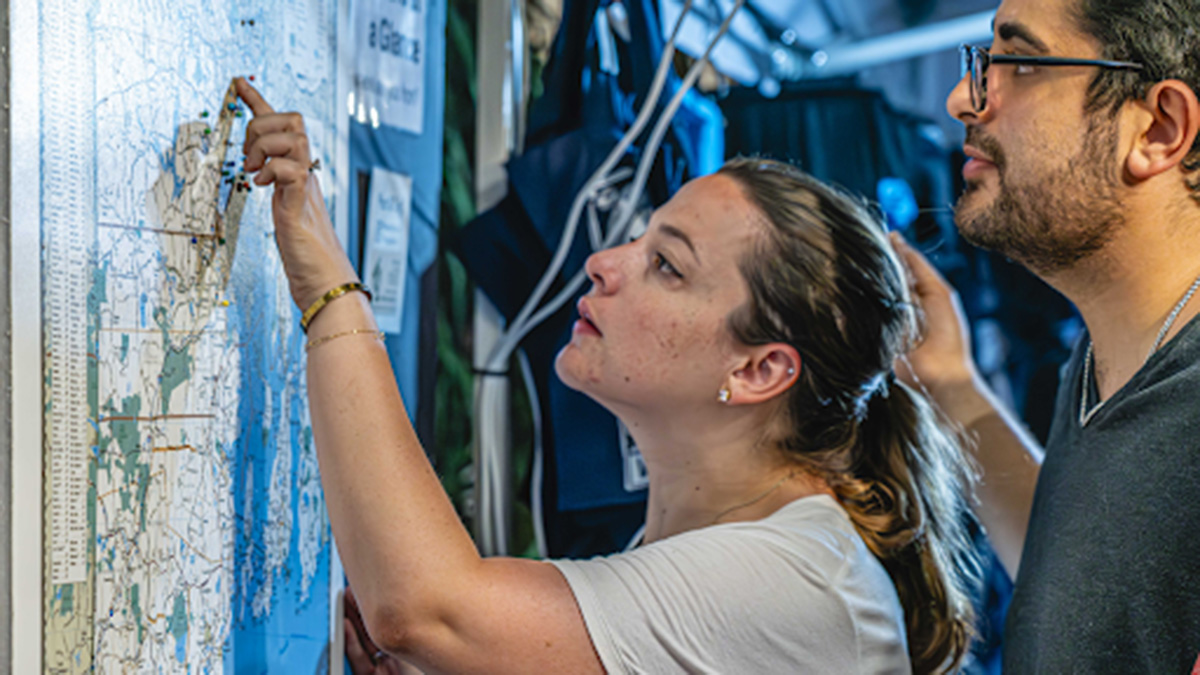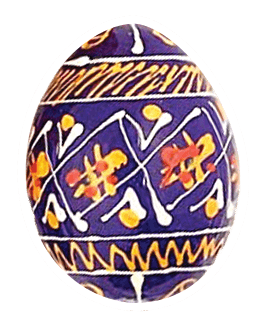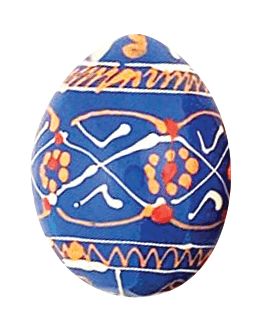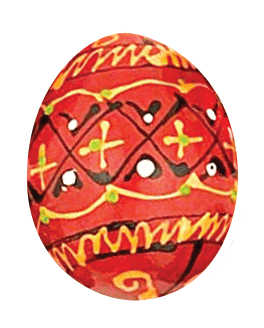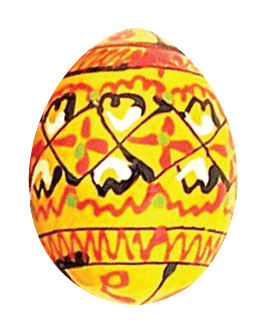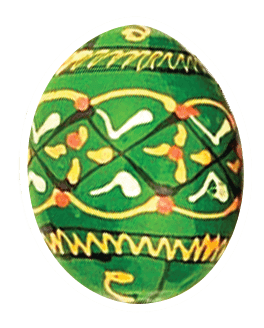![]() WaterFire Providence will now be creating playlists of music used in WaterFire events for all of our fans to enjoy. This week’s playlist contains a variety of traditional songs and folk music from around the world. You can download the entire playlist, or selections from the playlist here.
WaterFire Providence will now be creating playlists of music used in WaterFire events for all of our fans to enjoy. This week’s playlist contains a variety of traditional songs and folk music from around the world. You can download the entire playlist, or selections from the playlist here.
Tradtional World and Folk Music
- Eg Veit I Himmerik Ei Borg – Jan Werner Danielsen
- Cantares de Mi Tierra – Various Artists
- Bolivian Folk Song – Ethnophonic Ensemble
- El Carretero – Mariachi Vargas de Tecalitlán
- Dindirindin – Calmus Ensemble
- Bolujem Ja – Dubravka Nesovic
- Henè Ma Tov – Harry Belafonte & The Belafonte Folk
- Sabu – Oumou Sangaré
- Jaran hailaas – Urna Chahar Tugchi & Tal Nutag
Artist Profiles
Jan Werner Danielsen was a Norwegian pop, classical, and rock singer. He was famous for his powerful voice, which could stretch over four and a half octaves. He broke through as a child star at age 12, after winning a talent show and receiving a record contract as a prize. He was one of the most popular and highest selling artists in Norway at the time of his death at age 30. Danielsen released nine albums throughout his career.
Photo via: FindAGrave.com[sc name=clear-float ]
Mariachi Vargas de Tecalitlán is a Mexican folk ensemble of mariachi music created in 1897 by Gaspar Vargas. Since 1950, the ensemble has been under the artistic guidance of Rubén Fuentes. In 1975, it was passed on to Don Jose ‘Pepe’ Martinez. The mariachi, as traditionally defined, has at least six violins, three trumpets, one guitarrón, one guitar, and one vihuela. Mariachi Vargas currently has all of these elements, plus one harp.
Photo via: ViveLoHoy.com
The Calmus Ensemble is a vocal group based in Germany. They are described as having a “perfect blend of sound, precision, lightness, and wit.” The Leipzig musicians have won a string of international prizes and competitions, including the ECHO Klassik and Supersonic Award. The quintet made it’s debut at Carnegie Hall in New York in 2010. The musicians have been shaped by the centuries-old tradition of German boys’ choirs; they are naturally at home in the vocal music of the Renaissance, the Baroque, and the Romantic.
Photo via: The Metropolitan Museum on Art
Dubravka Nesovic is a Bosnian professor of music and member of the jazz musicians Belgrade. She has participated in a variety of charity shows, and has received ‘high recognition’ in Yugoslavia, which was very difficult at the time of her career.
Photo Via: Riznica Srpska Musica[sc name=clear-float ]
Harry Belafonte was an American singer, popular in the 1950s. He was famous for his work in folk music, as well as for being an actor and film producer. Belafonte’s parents were immigrants to the United States from the Caribbean islands of Martinique and Jamaica. In 1950, he began to learn to the folk songs in the Library of Congress archives. He began performing West Indian folk songs in night clubs and theatres, and with recordings of songs such as “Day-O,” he helped inspire the Calypso fad.
Photo via: The Case for Global Film[sc name=clear-float ]
Oumou Sangaré is a Grammy Award winning, Malian Wassoulou musician, occasionally referred to as the Songbird of Wassoulou. Wassoulou is the historic region south of the Niger River, where all music descends from old traditional and cultural songs accompanied by a calabash. Sangaré was has also been involved in politics; he is an advocate for women’s rights, and is opposed to child marriage and polygamy. She has served as a goodwill ambassador to the United Nations Food and Agriculture Organization, but despite her involvement, has expressed disinterest in becoming a politician.
Photo via: Nonesuch Records[sc name=clear-float ]
Urna Chahar Tugchi, better known as just Urna, is a Mongolian singer and player of the yangqin. She was born into a family of herders in the grasslands of the Ordos Plateau in Inner Mongolia. This was a society where song was an ubiquitous part of every day life. She learned to play the yangqin from a visiting professor of music from the Shanghai Conservatory of Music. She eventually moved to study at the Conservatory, which was very impressive, as she did not speak any Chinese. In 2003, she was award the RUTH prize in Germany for Best International Artist.
Photo via: Urna Chahar Tugchi
Don’t forget: a portion of every purchase you make on iTunes that begins from a WaterFire link will directly benefit WaterFire Providence!
About the author
Social Media Intern




